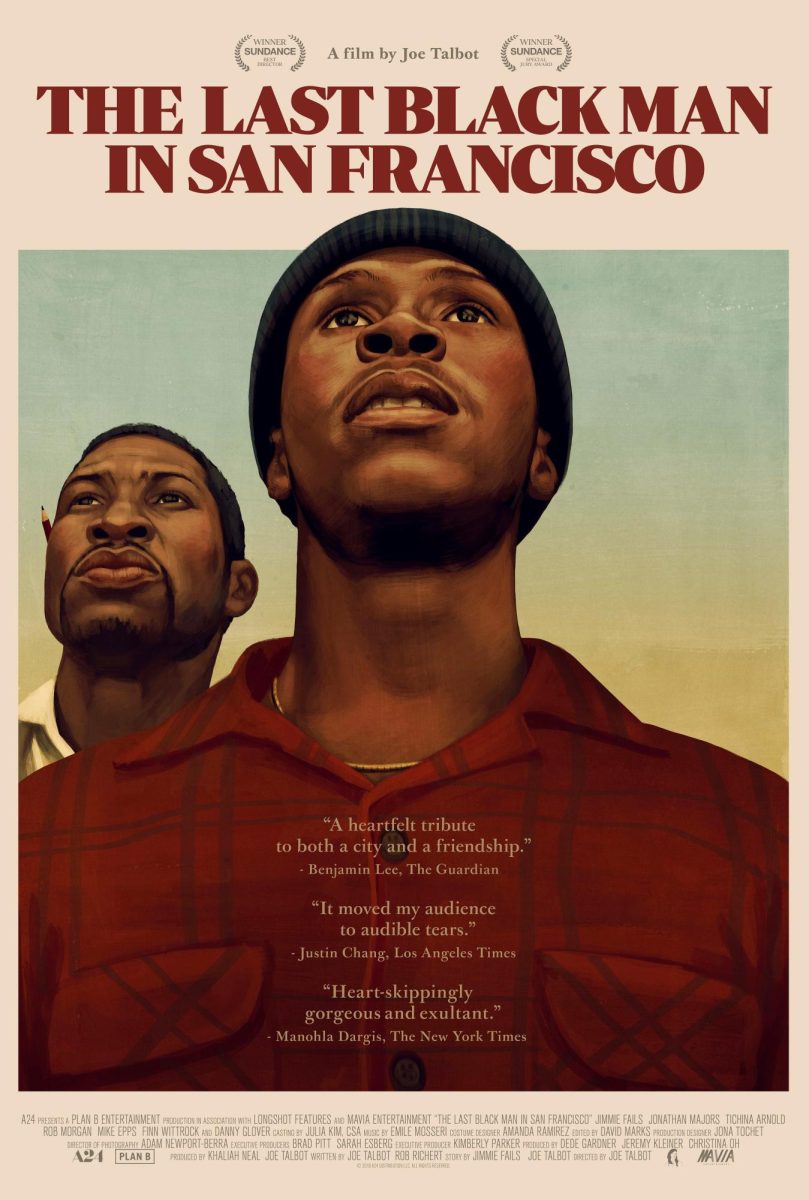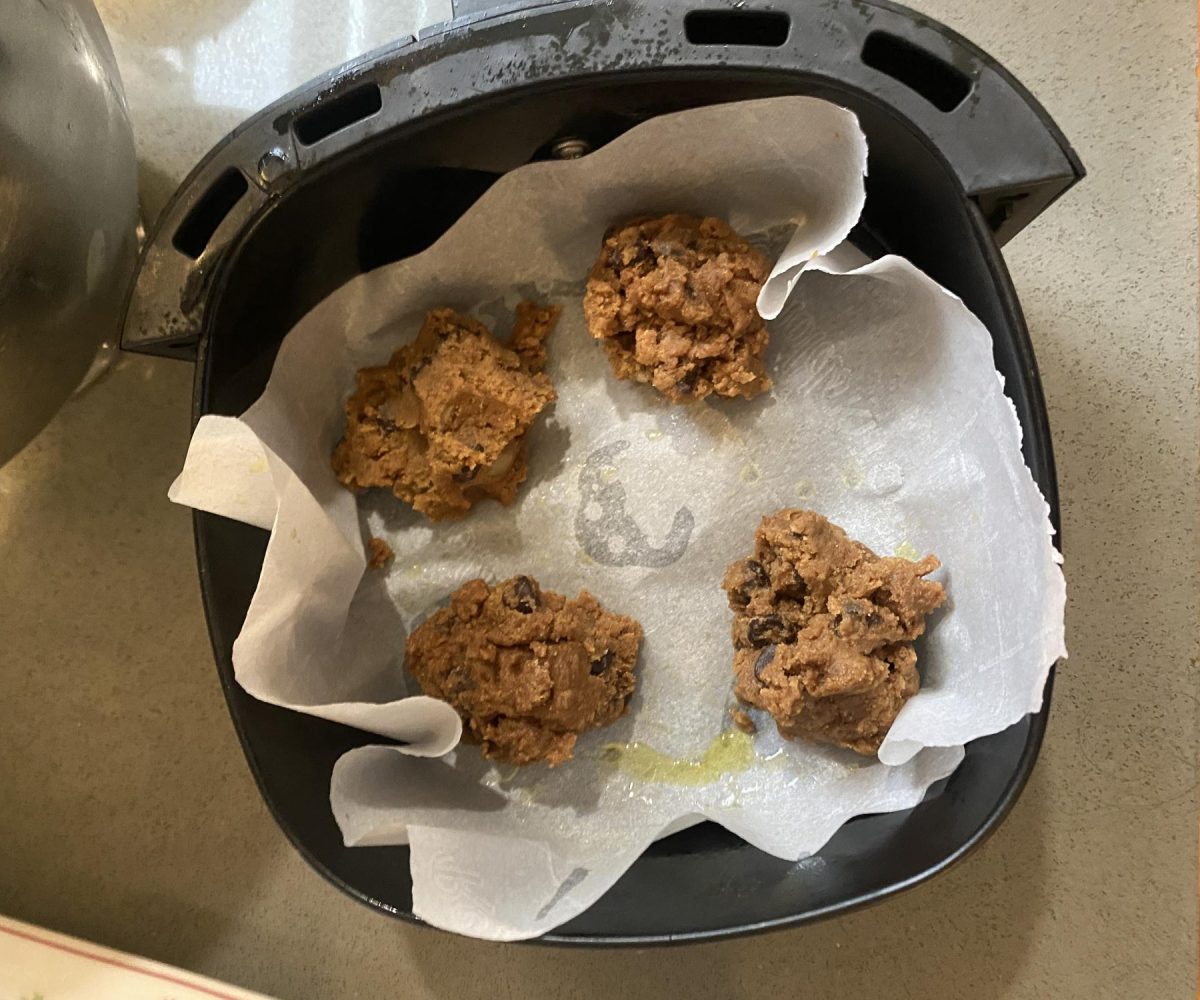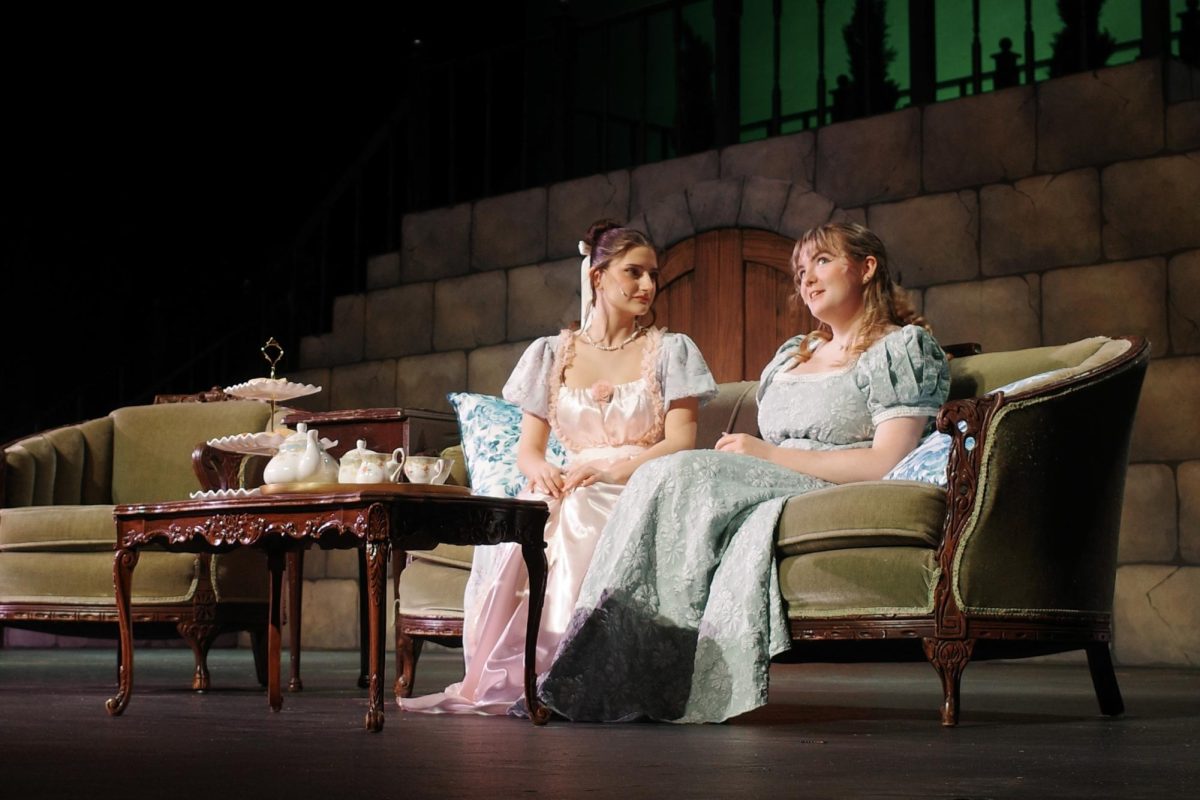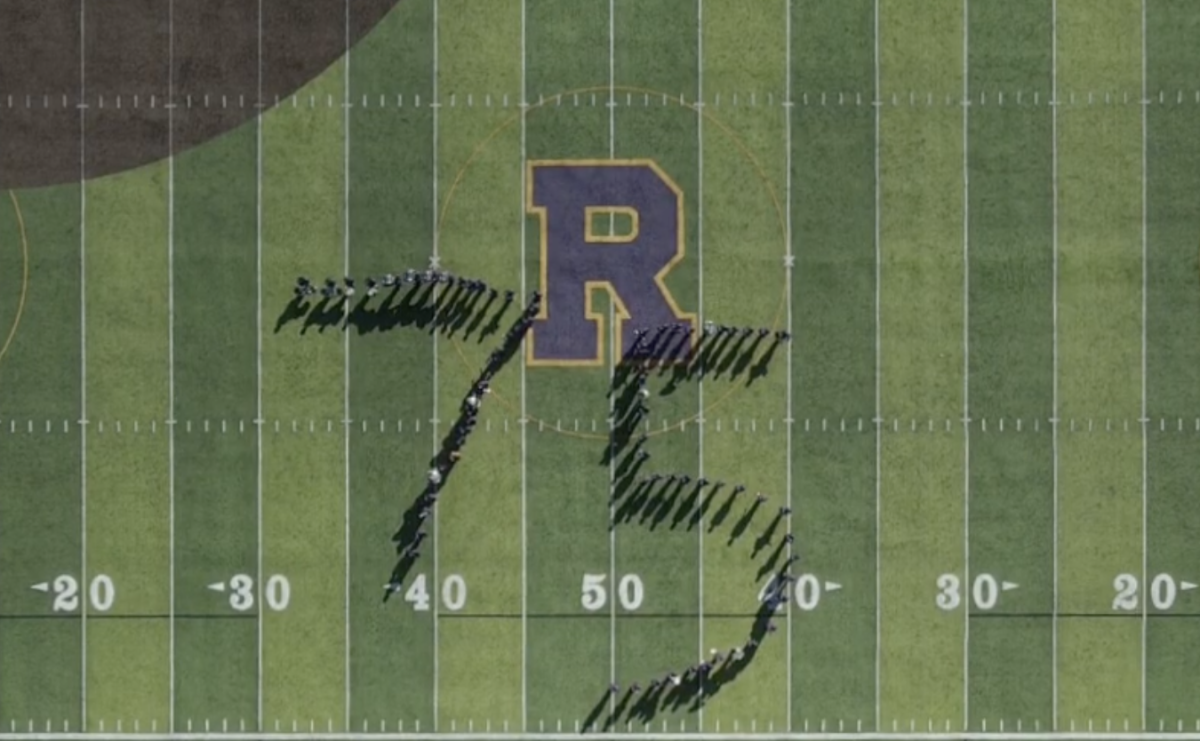The driving force behind the thrilling HBO Max show The Last of Us is familial love. This familial love, accentuated with disaster, drudgery, death, and doom, is nothing short of breathtaking.
At first glance, The Last of Us is just another zombie show. Something takes over the world overnight, billions get infected, and the not-so are left to survive a world that’s not really worth saving. However, The Last of Us is practically a one to one remake of a video game released in 2013 by the same name.
When this came out, it was mind blowing. Millions fell in love with it, played it, and continue to praise it. Since its initial release almost 10 years ago, it’s gained a very over the top remake, a sequel, and now it’s own TV show. And it’s all because of the love and character unpacking that transpires amidst a doomed world.
This is not a zombie show, but a character study on a seemingly broody, rugged, deteriorating, angry man, and a sarcastic 14 year old girl who is seemingly lax about the suffering around her. Both have lost everything and everyone.
Cordyceps, the parasitic, ravenous, terrible, and invasive fungus, is infamous for building its environmental dynasty through insect mind control. Spores latch onto ants, taking control over their motor functions to move them to an ideal location for maximum spread. Then, a white stalk bigger than the ant’s body pierces through its skull, releases spores, and the terror repeats. That’s an oversimplification of the process and purpose, but what’s scary is that scientists speculate that, during the whole process, the ant is conscious. They see and feel themselves moving, but they can do absolutely nothing.
The show ponders how this looks on humans. A loose, unrealistic, and yet eerily convincing theory of this situation is the opening scene to The Last of Us. It sure is far-fetched, but just the mere presence of real science already makes it 10 times more terrifying than some government experiment gone wrong.
Add to that the fact that if this totally unrealistic, insane, and very implausible event were to happen, then there would be absolutely no solution and we would all be doomed; dead, and awe inspired at how such an implausible theory came to be.
Moving on, in the show a mutation of cordyceps makes its way into the food supply, mainly flour, which is present in cake, pancake mix, cookies and the like. All common goods. We see the initial outbreak in the pilot episode. Every moment is tense. Twitching, coughing, wary shopkeepers, and an ambiance of forced normality make up what was supposed to be a good day.
Soon, everything erupts. The end of the pilot disturbs and saddens, with a performance so raw that the moment, for better or for worse, never really escapes you as you’re watching the show.
“You can still see that there’s laughter and love in this world, but it can be taken away from you instantly,” said Cory Nelson, social studies teacher.
Years later, you’re put in a place far off from the one the viewer started at. Crime, both legal and not-so, form a common filth that plagues a major city. The nation as a whole is composed of people seeking to survive by any means necessary no matter how abhorrent. Amidst this filth, two people find one another.
It takes a while, but a spark is struck, and a familial love is born. A very Texan Texan and a very witty aspiring astronaut go on an adventure. They take on loss, trauma, fear, and pain, but they endure. They confide in each other, bond, and laugh together. Their familial love goes on to incinerate a number of cities and groups across the country, and in a way, the entire world.









andrew • Mar 5, 2025 at 10:08 pm
A, once again, thoughtful and insightful read by Mario Perez de Leon.